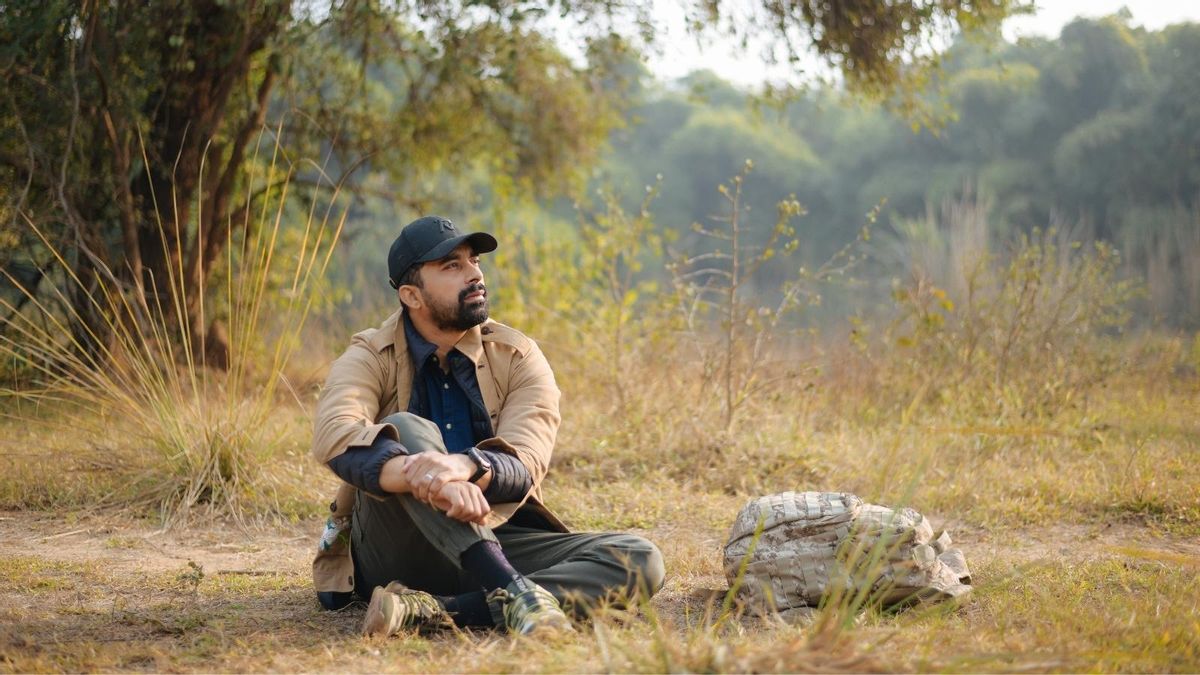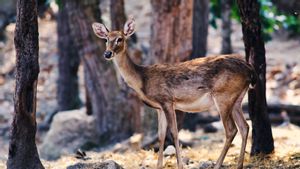Anyone who’s been on a safari before knows that words just aren’t enough to recount the experience. In the past month, I went on not one but eight safaris across the length and breadth of India for Safari India, Zee Zest’s latest show. It’s been days since I returned home; the dust and dirt have been washed off but the unforgettable memories of encounters of the wild kind will remain.
The entire Safari India expedition was hectic, and it forced me to step out of my comfort zone and plunge myself into the unknown to discover and explore newer terrains, cultures; meet inspiring people, learn about, and admire nature and its beautiful creations on land as well as the sea. And all this resulted in me learning some of the best life lessons, which I wish to impart to my kids, Kainaat and Jahaan, someday.
1. Patience is key
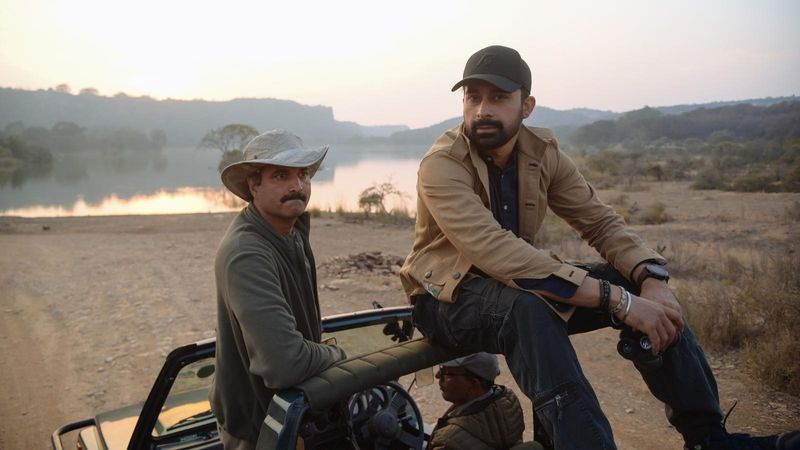
American philosopher, Ralph Waldo Emerson, once said, “Adopt the pace of nature: her secret is patience”. That’s the first and foremost lesson I learnt– and this is also coming from my short stint as a wildlife photographer on Safari India. Living a fast-paced city life forces you to continue in the same momentum. But the wild has a clock of its own and that teaches you to slow down, be patient, live in the present and appreciate what’s in front of you. A tiger, a leopard, or any animal for that matter, isn’t waiting to cross paths with you.
Did you know wildlife photographers spends days and months getting that one perfect shot? Documentary filmmakers spend four-five years or even more to create that one film that we finish watching within minutes.
2. Survival of the fittest is real
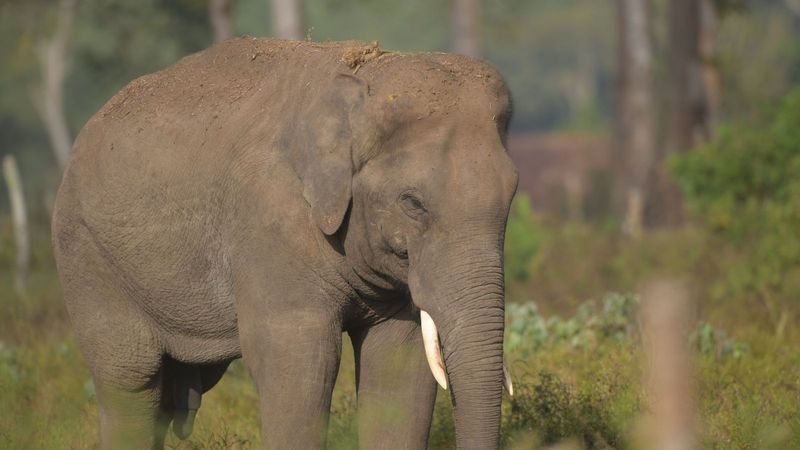
The Darwinian theory of ‘survival of the fittest’ is true in the jungle. Even the king of the jungle must hunt for his food, if not, he will die of starvation. Elephants always stick to their herd but when a bull (male) elephant is in heat (musth - a state of frenzied sexual excitement in the males of certain large mammals, as per Collins' Dictionary), the females drive him away. He is left all alone and, at this point, he is not only making sense of his sexual urges but also dealing with the pain of separation from his family. During this period, elephants turn aggressive, and it is considered dangerous to be around them. This period lasts for approx. two to three months and it is a testing time for the bull elephant.

We came across bear cubs abandoned by their mother; my heart immediately went to them. For us humans, if parents aren’t around, there is always an aunt or uncle, if not, even orphanages to take care of young ones. But for these cubs, it’s either learn to hunt for food or die of starvation or be eaten by an animal. That’s the harsh reality of their life.
3. Co-dependency
The forest is thoroughly connected, communicative and co-dependent. Animals have calls for each other, so when a tiger is on the prowl that call will allow other animals to save themselves.
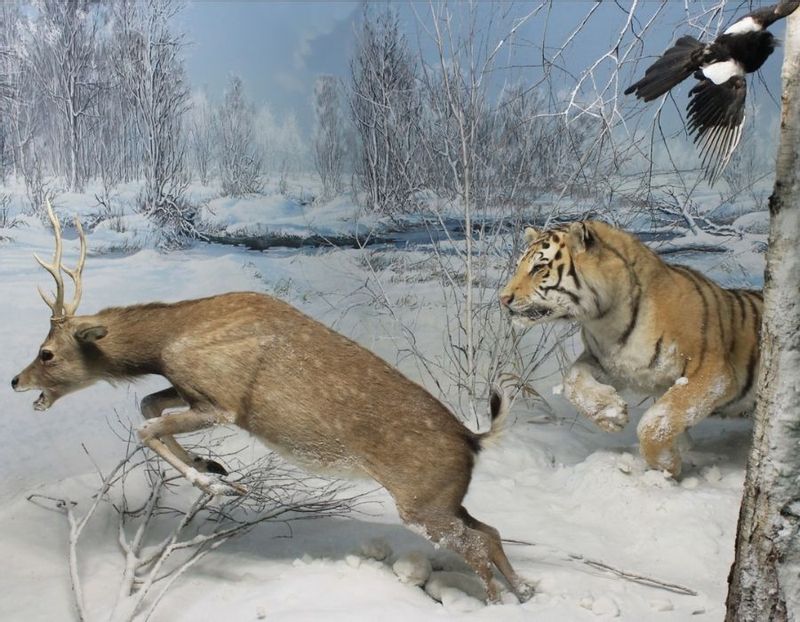
One of the forest officers told me that a tiger is the indicator of a healthy jungle. How? Tigers eat herbivores like deer who eat trees and plants, and the vultures finish the tigers’ leftovers, which ensures no spread of harmful pathogens that may develop on dead animals. Take the river as another example. It provides drinking water to the animals, helps plants and trees thrive, and is home to diverse wildlife. The maintenance of this food chain is crucial to the ecological balance of the forest.
4. Listening is better than talking
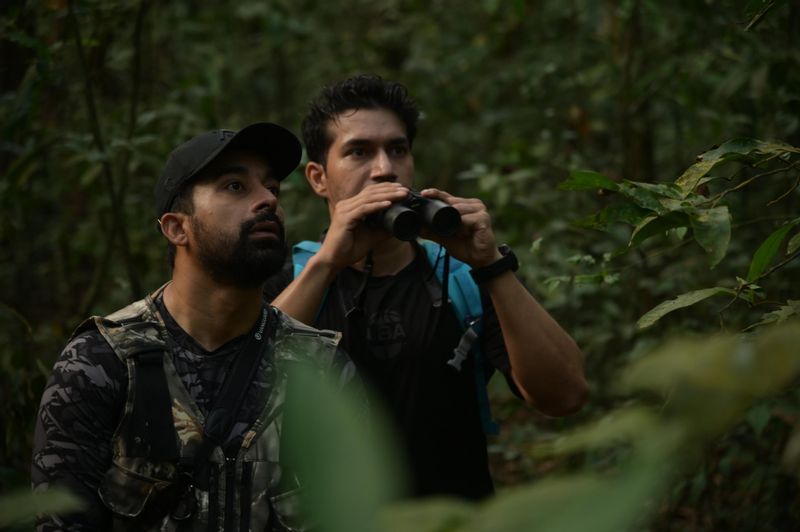
Another phrase that proves true in the case of a wildlife territory is ‘nazarhati, durghatnaghati’ (which loosely translates to accidents that happen when you’re not alert). There is a reason why tourist guides and forest officers ask you to stay quiet and observe. The howls, hoots and caws are indicative of movement and development within the jungle. Understanding these sounds or their absence is an effective way of discovering and monitoring animal behaviour. Being in tune with the jungle is the only way to discover the beauty of the local residents whether they are avian, insects or mammals.
5. Evolve

The Karbi tribe living in the Karbi Anglong district, located near Kaziranga National Park, once had a bad reputation for poaching rhino horns. But, over the past 10-15 years, with the efforts of the government and the tribes folk, they have transitioned into a more sustainable life. Today, tourists visit their village to experience and document Karbi’s unique culture, traditions, and food. This showed me the positives of evolving with time.
Now that you’ve read the highlights of my Safari India journey, gear up to watch my experience on Zee Zest, and bookmark things for your travel bucket-list for when travel isn’t as complicated as right now.
As told to Shraddha Varma


